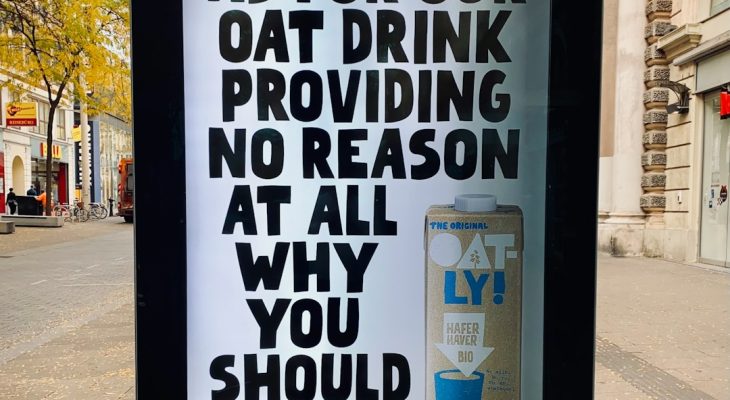Yelp, the go-to platform for reviews of local businesses, restaurants, and services, has become a household name in the digital age. Millions of users rely on Yelp to find everything from the best tacos in town to the most reliable auto mechanic. But have you ever stopped to wonder how Yelp makes money from its free-to-use platform? While users and reviewers aren’t charged to leave their thoughts, Yelp has built a highly effective revenue model that converts its massive user base into substantial profits.
Advertising: Yelp’s Bread and Butter
The core of Yelp’s revenue stream comes from advertising, specifically local advertising from businesses listed on its platform. Here’s how it works:
- Cost-Per-Click Ads: Businesses pay Yelp to feature their listings prominently in search results or on competitors’ pages. These are typically PPC (pay-per-click) ads, meaning Yelp earns money every time a user clicks on the ad.
- Enhanced Profiles: For a monthly fee, businesses can upgrade their listings to add photos, remove competitor ads from their pages, and include a call-to-action button like “Call Now” or “Get Quote.”
- Video and Display Advertising: Yelp also offers businesses the opportunity to add videos and other rich media content to make their profiles more engaging.
This form of advertising is especially appealing to local businesses that want to reach users who are actively searching for the services they provide. Yelp’s data shows high purchase intent, making it a lucrative platform for advertisers.
[ai-img]local business ads, advertising, Yelp interface[/ai-img]
Transaction Revenue
In addition to advertising, Yelp earns through facilitating transactions directly on its platform. This is particularly common with businesses in the food, health, and service industries. Yelp charges a commission for each completed transaction or booking made through its website or app.
Some notable examples include:
- Food Delivery: Yelp partners with services like Grubhub, allowing users to place food orders directly from a restaurant’s Yelp page. Yelp earns a small cut from each transaction.
- Appointment Bookings: Through integrations with platforms like Booksy and Vagaro, Yelp enables users to schedule appointments for salons, doctors, and more. It receives a fee for facilitating these bookings.
Although this stream contributes a smaller portion of revenue compared to advertising, it represents a growing area for potential expansion as more consumers prefer seamless, in-app transactions.
Yelp Reservations & Yelp Waitlist
Another smart move by Yelp was introducing Yelp Reservations and Yelp Waitlist for restaurants and other venues. These tools allow businesses to manage seating and bookings, effectively replacing traditional booking systems. Yelp charges businesses a monthly subscription to use these tools, which not only generates consistent income but also locks in customer loyalty.
The Waitlist feature is particularly eye-catching. It allows diners to join a virtual queue and receive real-time updates — increasing foot traffic and streamlining customer flow for restaurants. This system has become especially valuable post-pandemic, when contactless and efficient seating solutions are more in demand than ever.
[ai-img]restaurant, reservation system, Yelp waitlist[/ai-img]
Yelp’s Data Services and Partnerships
Though lesser known, Yelp also monetizes its platform through data licensing and partnerships. Companies that need access to Yelp’s vast troves of local business data for apps, research, or analytics can license that data for a fee.
For instance, automakers have incorporated Yelp reviews into their in-car navigation systems, giving drivers easy access to local business reviews on the road. Similarly, real estate and travel websites use Yelp’s data to enrich their own listings and recommendations.
A Freemium Model with Paid Add-Ons
Yelp embraces a freemium business model, allowing businesses to create and manage their listings for free while offering a tiered system of paid upgrades. This approach lowers the barrier to entry and enables Yelp to tap into a much larger group of users.
Additionally, the platform generates revenue from marketers, agencies, and service providers that seek analytics and business insights to track engagement, optimize ad spending, and improve customer interactions.
Final Thoughts
Yelp has effectively transformed its user-generated content model into a multi-stream revenue powerhouse. From local business advertising and transaction fees to data licensing and reservation management systems, Yelp’s ability to monetize while enhancing user and business experiences is a textbook example of a sustainable digital business model.
Next time you scroll through Yelp to pick a dinner spot or book a haircut, remember: while it’s free for you, it’s a well-oiled revenue machine behind the scenes.





